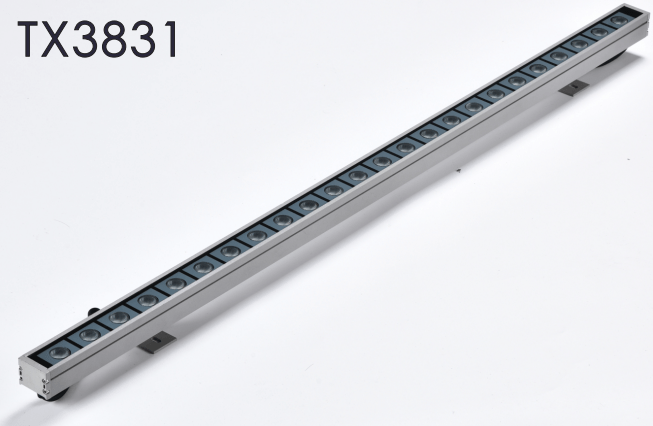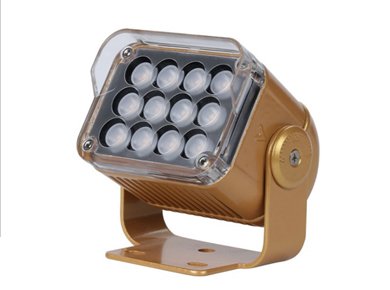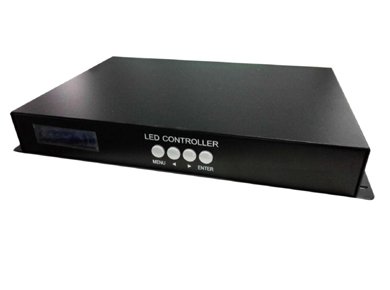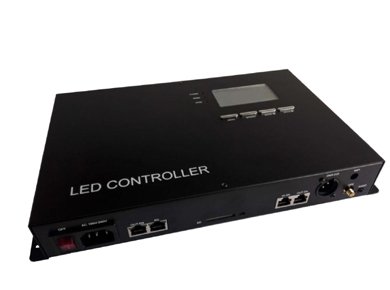The output power of LED wall washers requires consideration of heat dissipation because even high-output power LEDs must manage heat. High-power LEDs refer to light-emitting diodes operating at electric currents above 100mA. Based on the current typical forward working voltages of 2.1V and 3.3V for LEDs, that means LEDs above 210mW and 330mW should be categorized as high-power LEDs, with considerations given to device heating. Although there may be differing opinions on thermal dispersion, practice has shown that to improve the reliability of high-power LEDs, heat dissipation must be addressed. The main parameters related to heat dissipation in wall washers include thermal resistance, junction temperature, and temperature rise. Thermal resistance is the quotient of the difference between the device's useful temperature and the external reference point temperature over the device's steady-state power consumption. It is a principal parameter indicating the level of device heat dissipation. Currently, high-power LEDs with good heat dissipation have thermal resistance ≤10°C/W, reports in China show ≤5°C/W, and internationally it can reach ≤3°C/W. Achieving this level can ensure the service time of high-power wall washers. Junction temperature refers to the temperature of the semiconductor junction in the main heating area of the LED device and is the temperature that the LED device can withstand under working conditions. Hence, the SSL program in the United States has stipulated improved heat resistance policies. Moreover, the heat resistance of the chip and phosphor is still very high. It has reached a junction temperature of 150°C for the chip and 130°C for the phosphor.
The basic principle of LED wall washing does not affect the usage time of the equipment. The higher the heat resistance of the chip's phosphor, the lower the requirements for heat dissipation. The purpose of this technology is to provide a wall washer that reduces the chances of the lamp beads being knocked by external objects, the beads' surface accumulating dust, and thus decreasing the frequency of wiping the beads. This lessens the maintenance labor intensity and extends the service time of the wall washer. This invention addresses these issues through the following technical means: a wall washer, including a lamp body assembly and a light source assembly. The lamp body assembly includes a long tubular shell, end caps at both ends of the shell, and a rotating shaft that passes through the end caps and is rotatably connected to them. A light-emitting slot that runs through the wall of the shell is provided along the length of the shell wall. Inside the shell is an arc-shaped baffle that slides with the shell. A gear is mounted on the rotating shaft, and teeth that mesh with the gear are provided on the arc-shaped baffle. Additionally, a dustproof strip is set on the edge of the light-emitting slot.


 6W LED module spot light beam ...
6W LED module spot light beam ... 思域EN-402W 说明书 V1.0 (适用A1)
思域EN-402W 说明书 V1.0 (适用A1) 思域EN-508W 说明书 V1.0 (适用于A1)——PC ...
思域EN-508W 说明书 V1.0 (适用于A1)——PC ... 思域SN-500 说明书 V2.2 (适用B2, C2, C ...
思域SN-500 说明书 V2.2 (适用B2, C2, C ...